Eating organic and local produce is a noble goal – but can be financially or logistically difficult in many areas. Eating wild plants can reduce the financial burden of organic foods while giving you many of the same benefits – and more.
As we discussed in our article on foraging for wild foods, eating wild plants isn’t as simple as just heading to your backyard and picking berries for a pie! There’s some research involved to make sure that you’re eating the right part of the right plant in the right season, all while staying under the rule of law regarding foraging.
Before you even get started with learning the rules of foraging, you might wonder why you’d even want to eat wild plants. Society has spent years building shiny grocery stores that supply hundreds of exotic and juicy fruits. Why would you want to get your hands dirty to dig up some weeds growing on some nearby BLM land?
Eating wild plants has a lot of benefits:
- Eat local. It doesn’t get more local than a plant that grows wild in your area! Rather than spending a fortune at the farmer’s market or toiling all summer in a garden, you can lace up your boots and hit the trail to find ultra-local edible wild plants.
- Save on grocery bills. Depending on where you are, it can be tricky to find awesome produce for a reasonable price. While you do have to pay for gas to get to a place to forage for wild plants, you won’t have to pay for the plants themselves. That’s a big deal since many wild plants fetch a hefty price tag at the market!
- Get outside and get your hands dirty. We’ve all heard about nature deficit disorder and how we don’t get outside enough. Spending time outside looking for edible wild plants is a great way to reap the benefits of nature while getting something useful done. Take some time to get outside, stretch your legs, and get to know the delicious side of your local ecosystem.
- Learn about local plants. Eating wild plants is a great way to get down and dirty with your environment. You’ll learn how to identify local plants, what sacred plants grow in your area, and much more. It’s all part of the casual ethnobotany movement! Best of all, it’s now easier than ever to get started learning to identify plants. While you’ll want to have rock-solid plant ID skills before you garnish your pasta with wild plants, it’s a cinch to get started on the right path.
- Skip the pesticides. Except in rare circumstances, any wild plant you find will be pesticide- and fertilizer-free. Be sure to find your edible plants away from roads, golf greens, and other contaminated areas. Otherwise, as long as you’re on public land (or private land with permission), you’re getting free organic produce! Be sure to check on private land to ensure that they aren’t treating the plants with anything. Always follow rule #6 for foraging for wild food: prepare and wash correctly, even if it’s pesticide-free.
- Help control invasive species. Yep, you read that right. Your wild plant cuisine is a great way to help control invasive plants. Many invasive species, such as garlic mustard and burdock, are quite tasty. Harvest away! Eating invasive species (and leaving nothing behind) can help control their population. Be sure to properly dispose of the waste (generally in a sealed plastic bag) so that the invasive plant can’t continue to reproduce from your compost bin – some of these guys are tenacious!
- Discover new foods. Eating wild plants helps remind you to branch out and get creative with your diet. Most wild plants aren’t the sort of thing you’ll find in a chain grocery store, and they can give tired old recipes a great new twist. Whether you just use the wild plants as a garnish, or the base for a whole new recipe, you’ll find all sorts of new foods thanks to your foraging habit.
Above all, eating wild plants helps you get more in touch with the earth and your food. You’ll learn about local plants and Native American history as you get to know what’s good to eat near you. You’ll get outside, get active, and get a bit dirty. And this hobby is delicious!
Don’t forget to brush up on the unspoken rules of foraging for wild foods before hitting the trail.
What have you found to eat in your neighborhood lately? We’d love to hear about it!
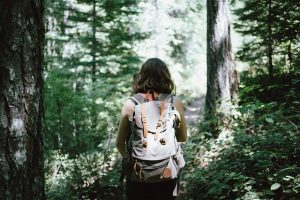
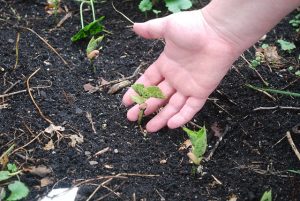
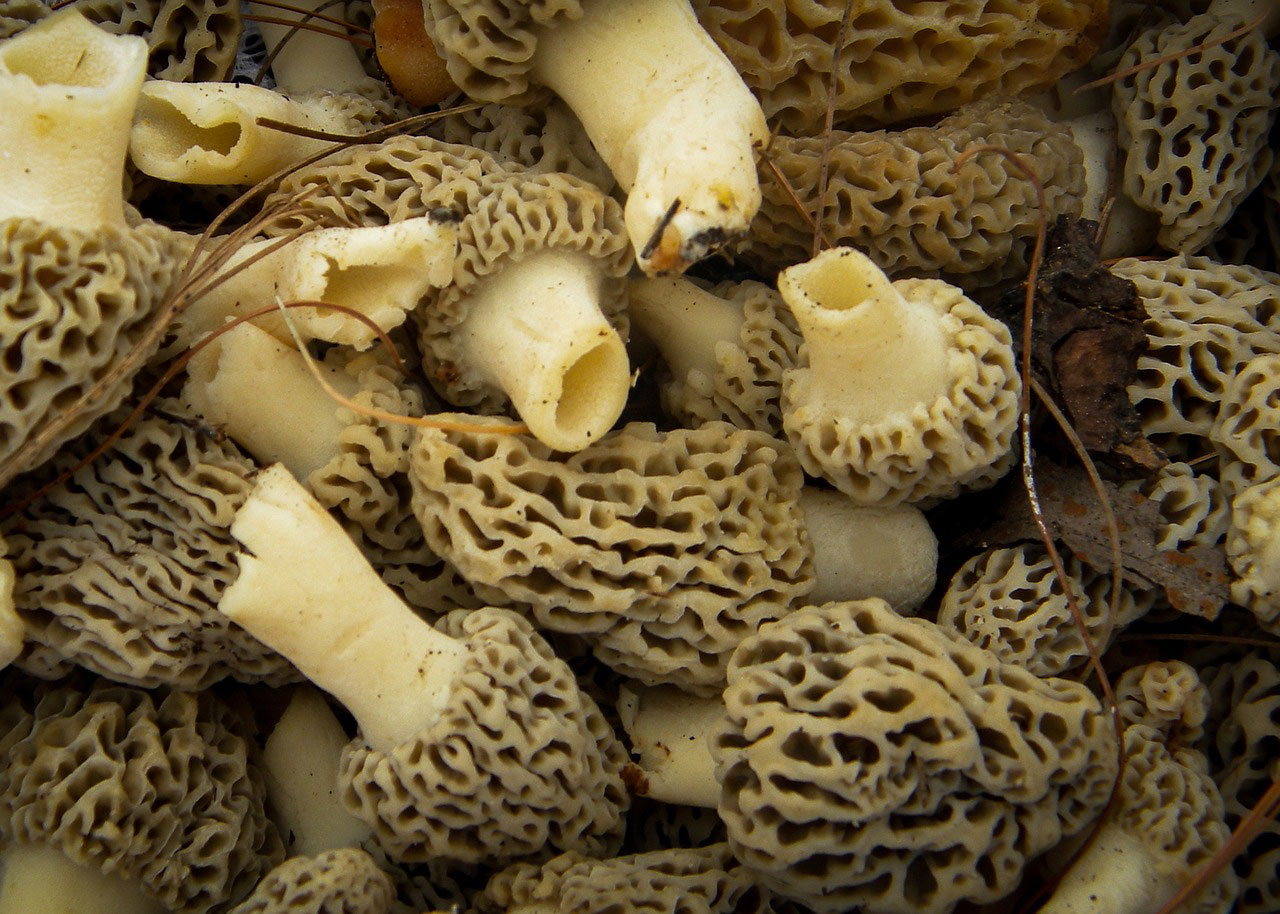
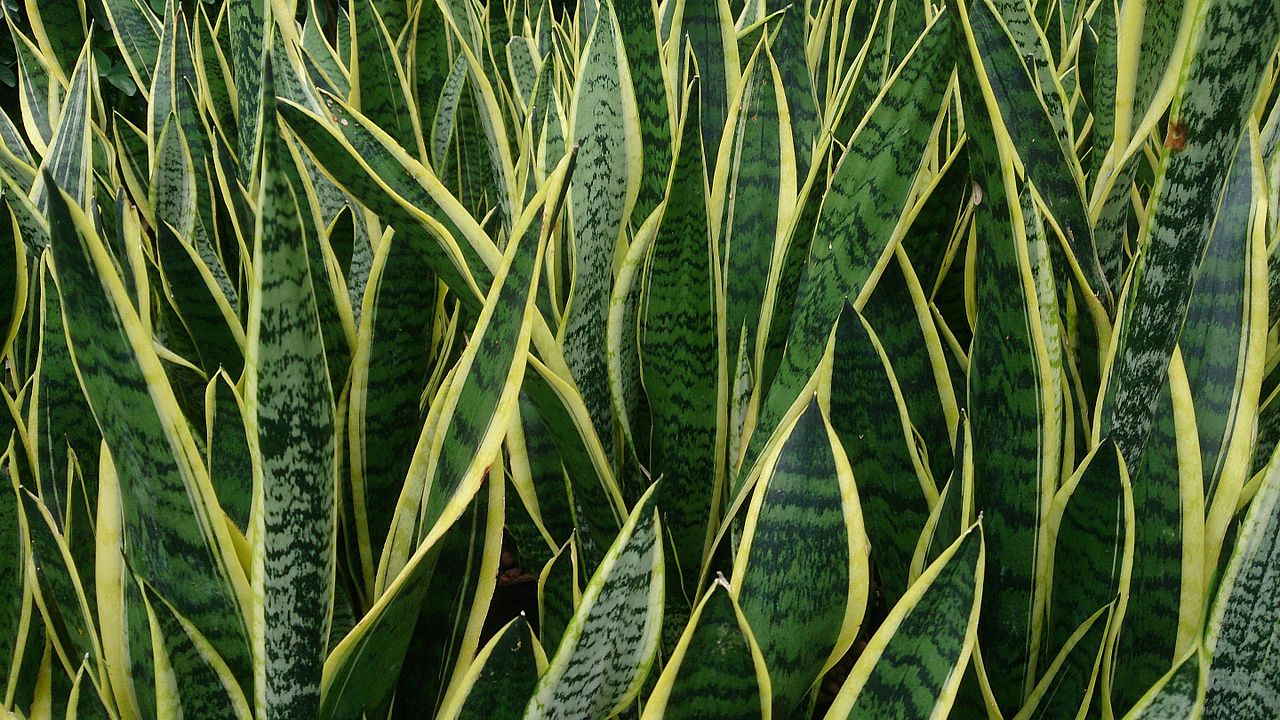
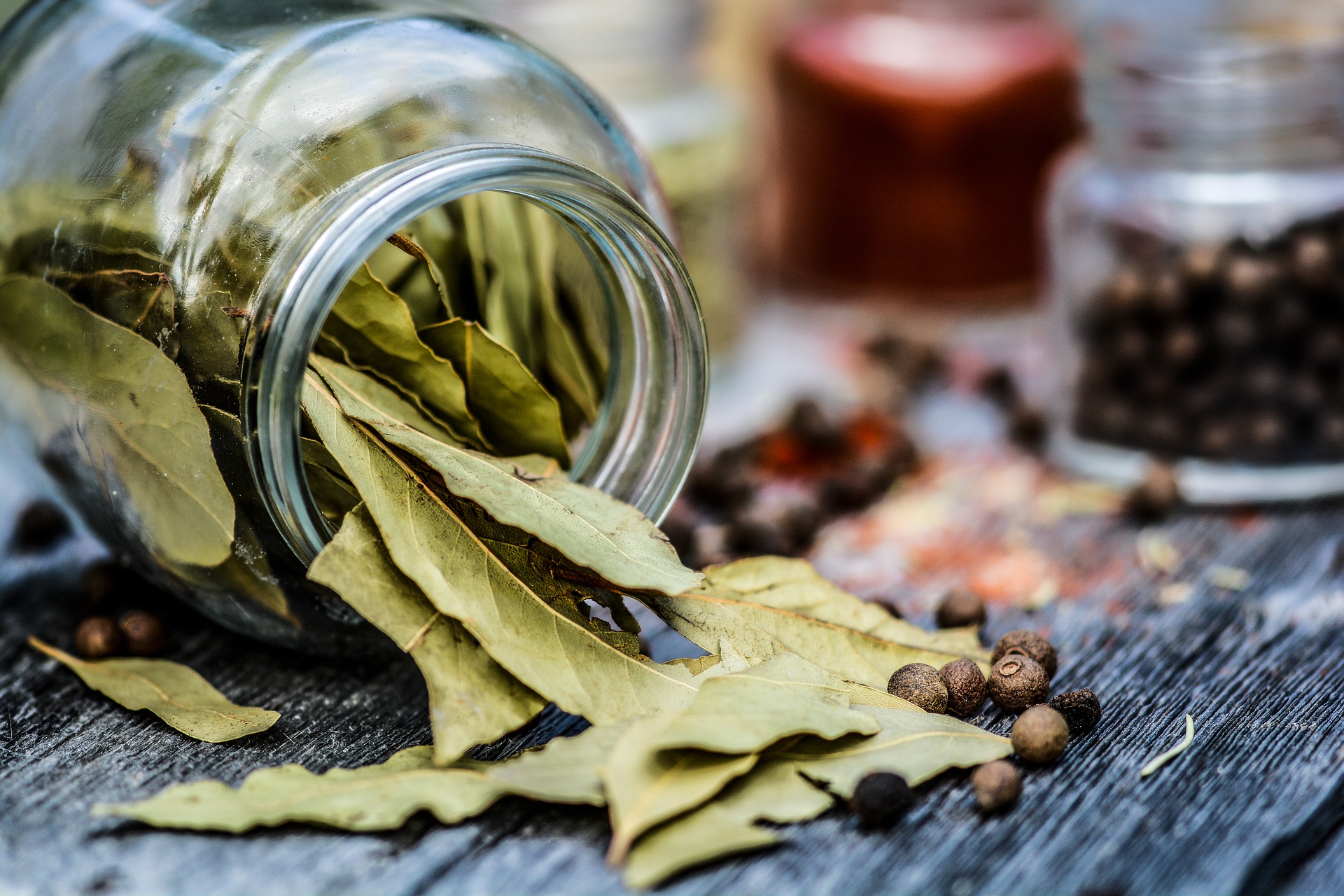
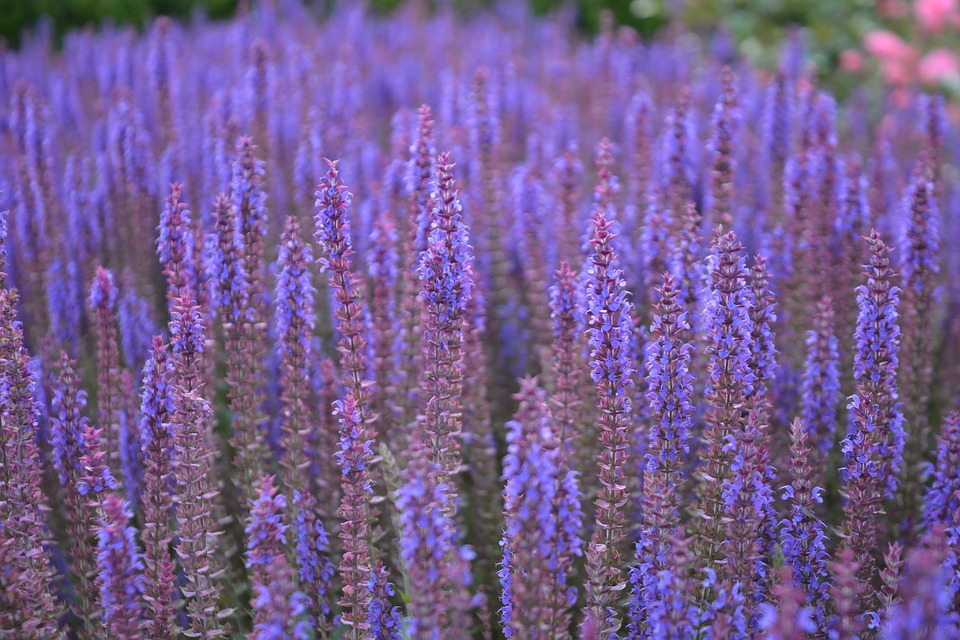
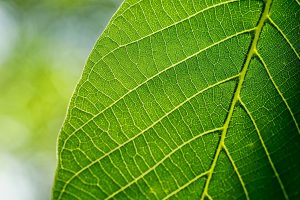
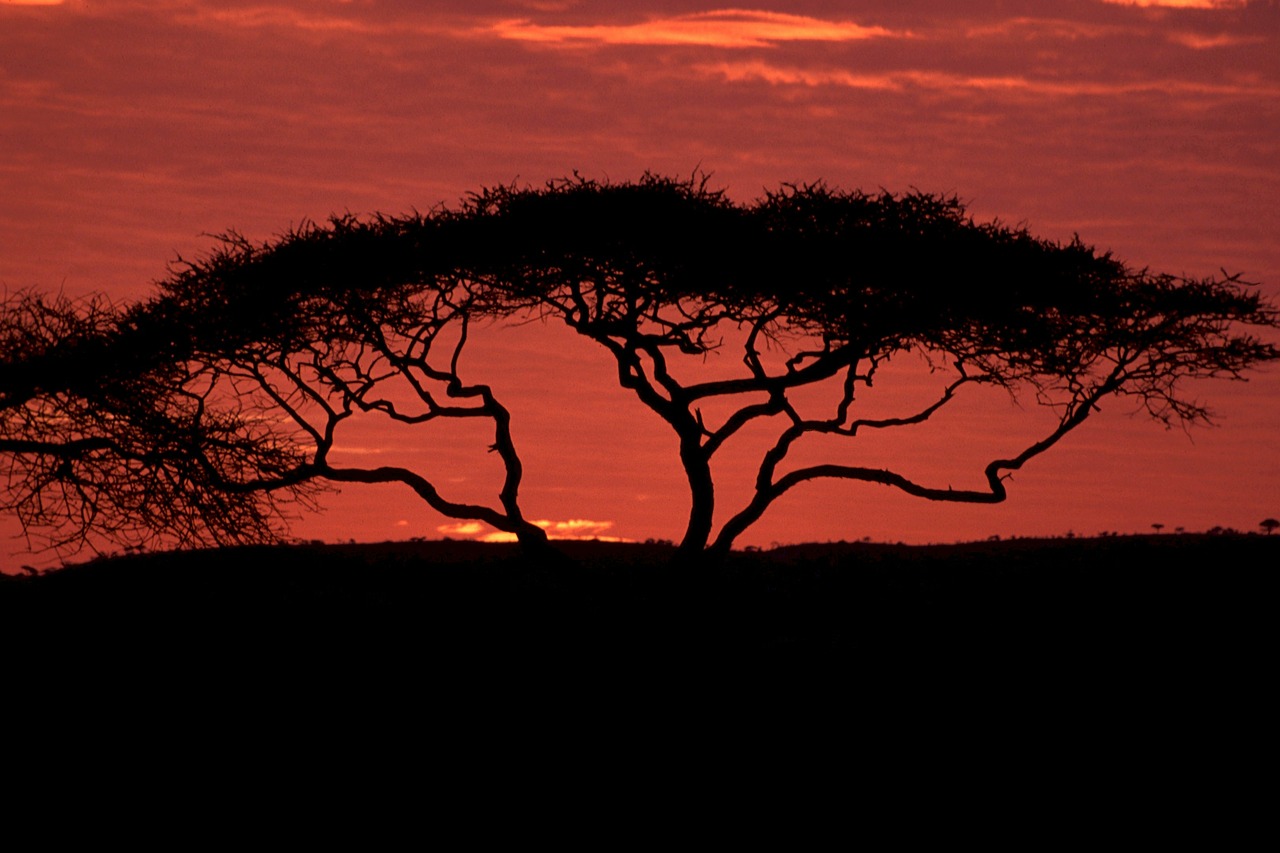
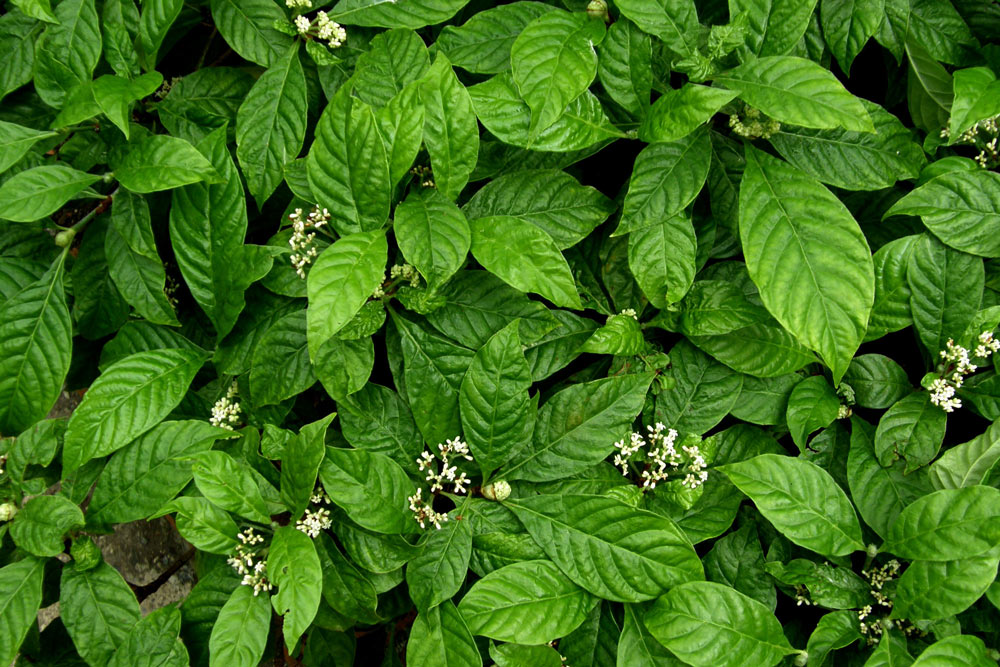
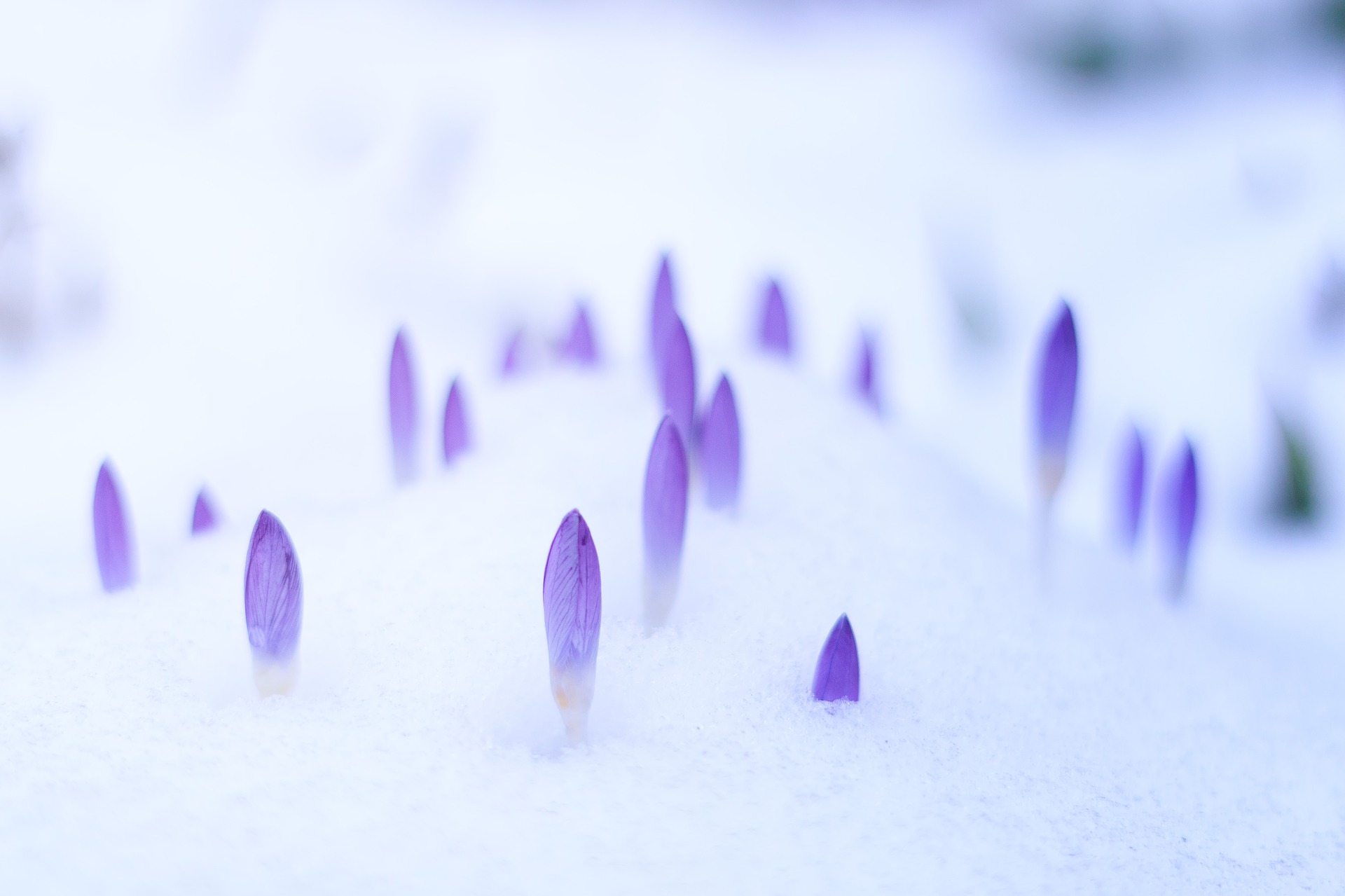
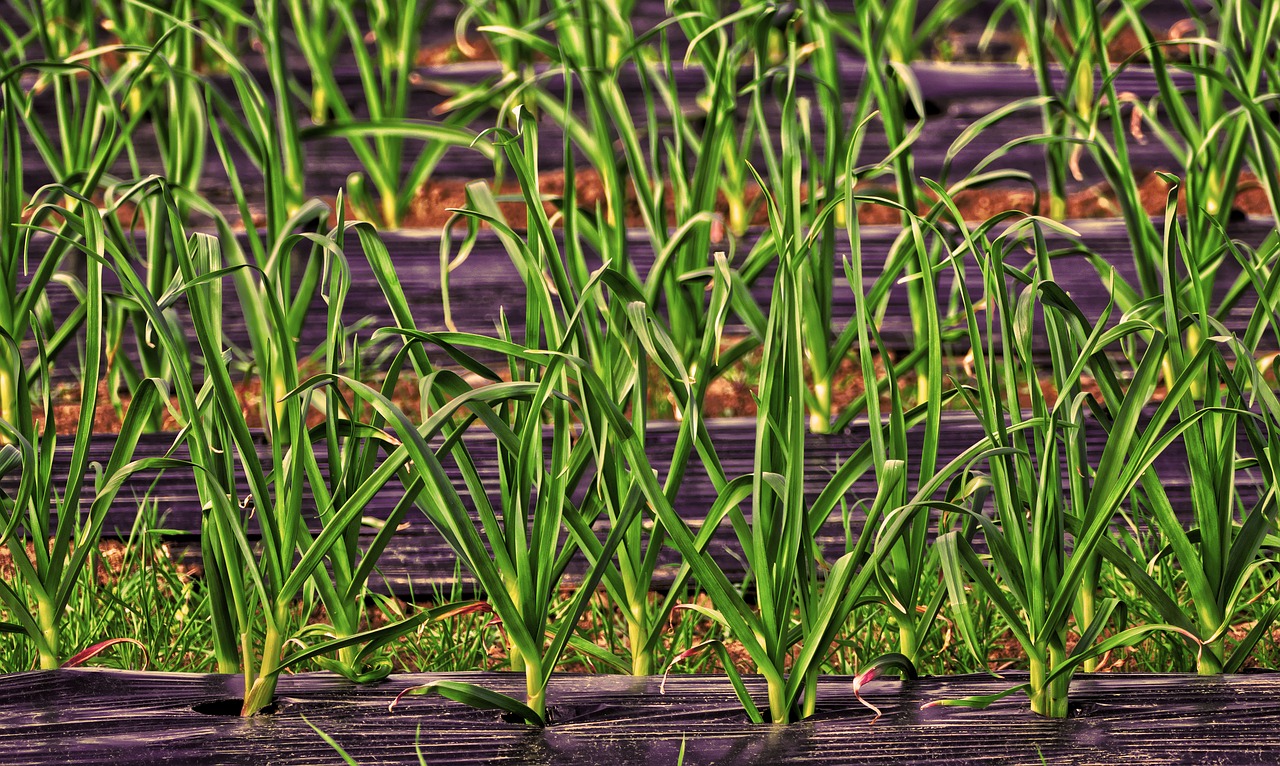
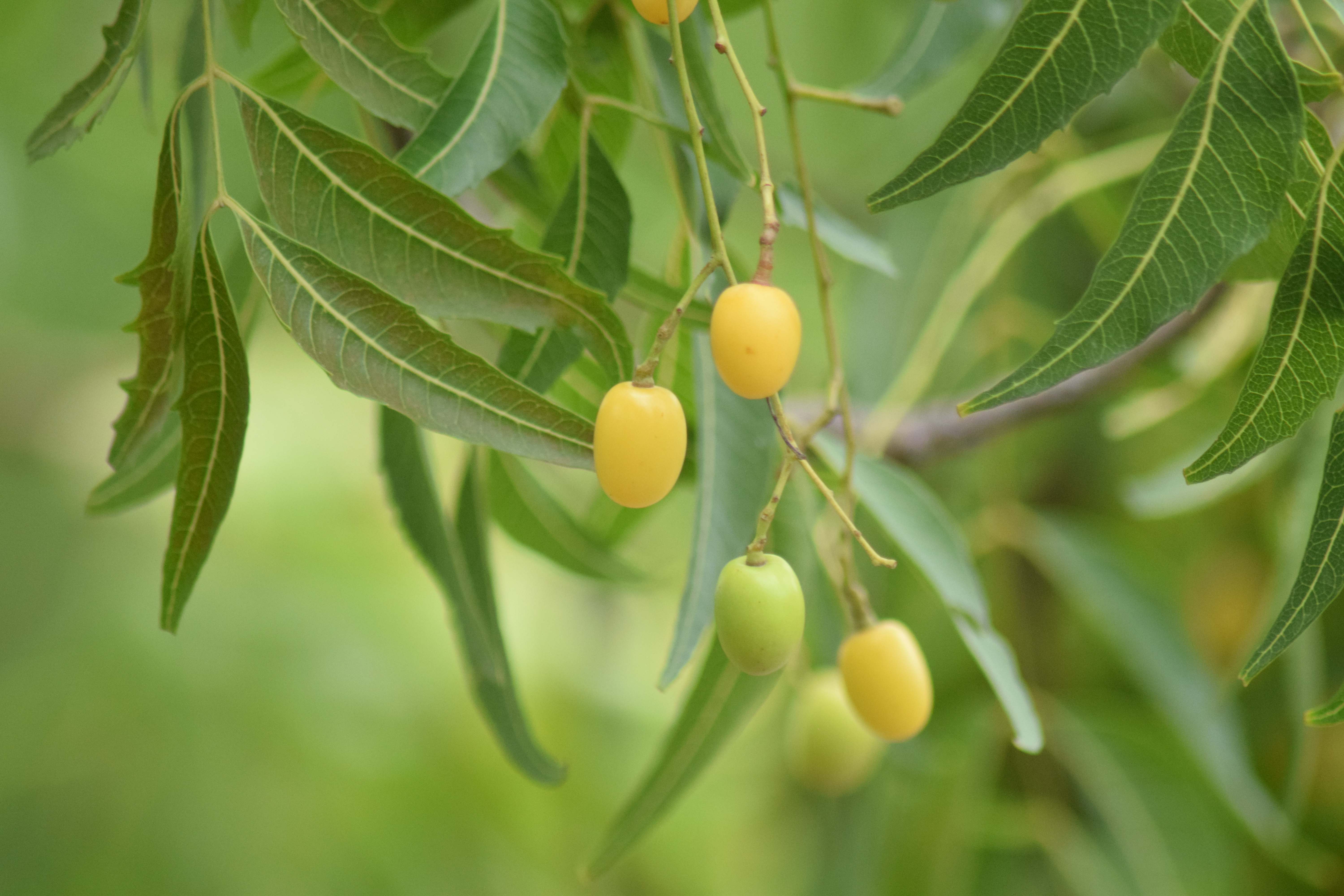
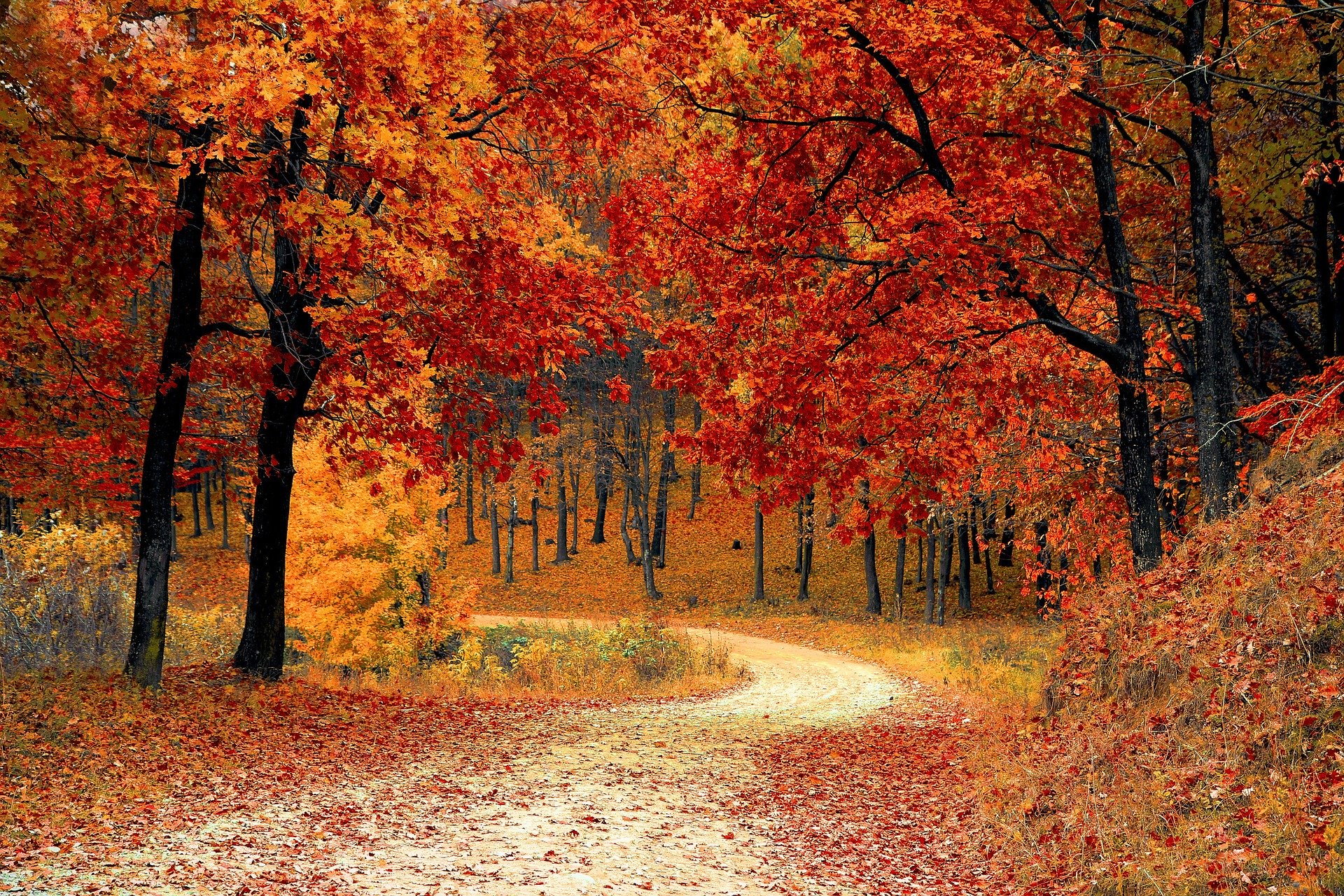
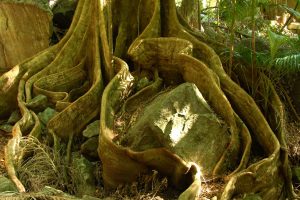

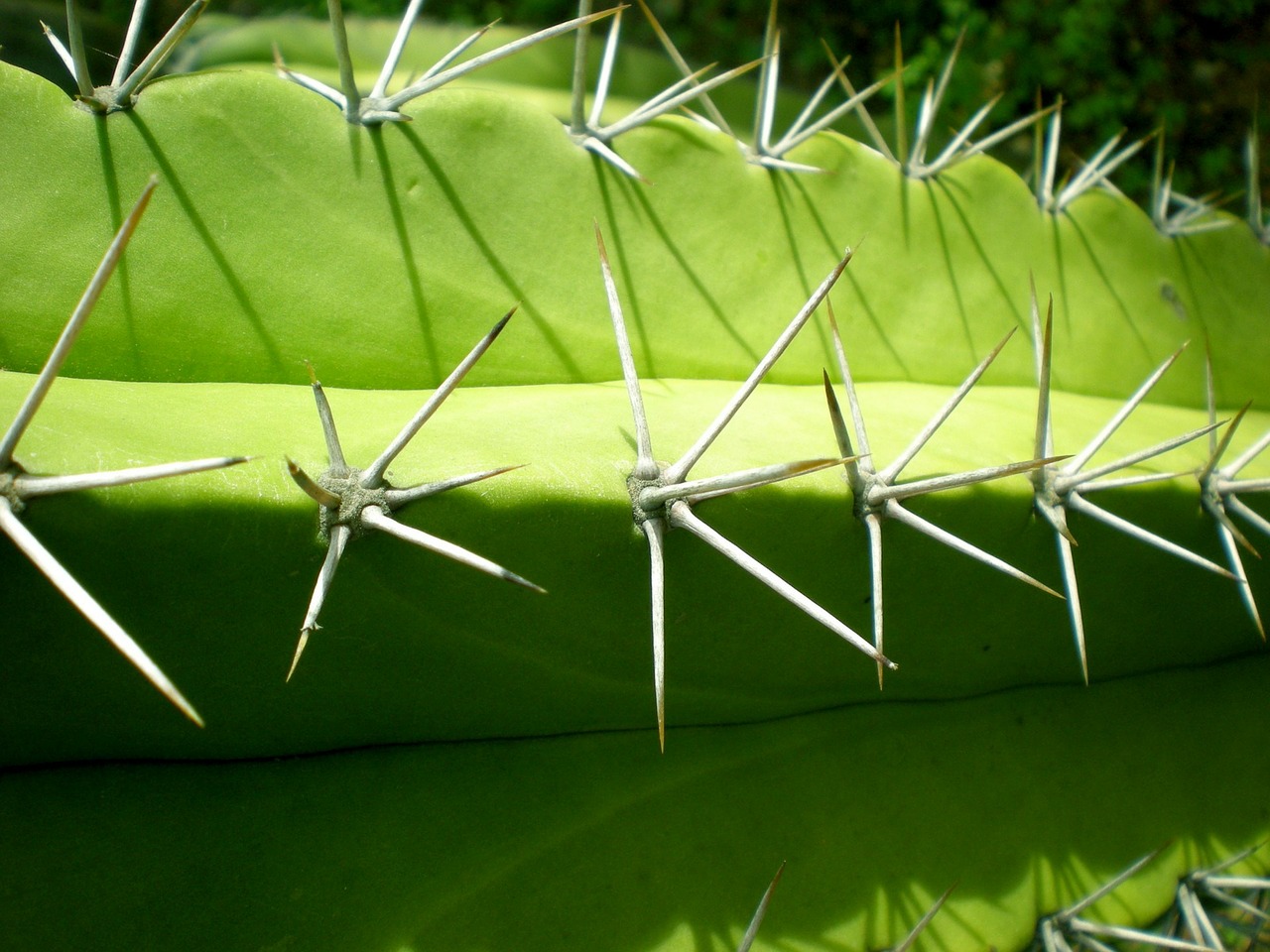
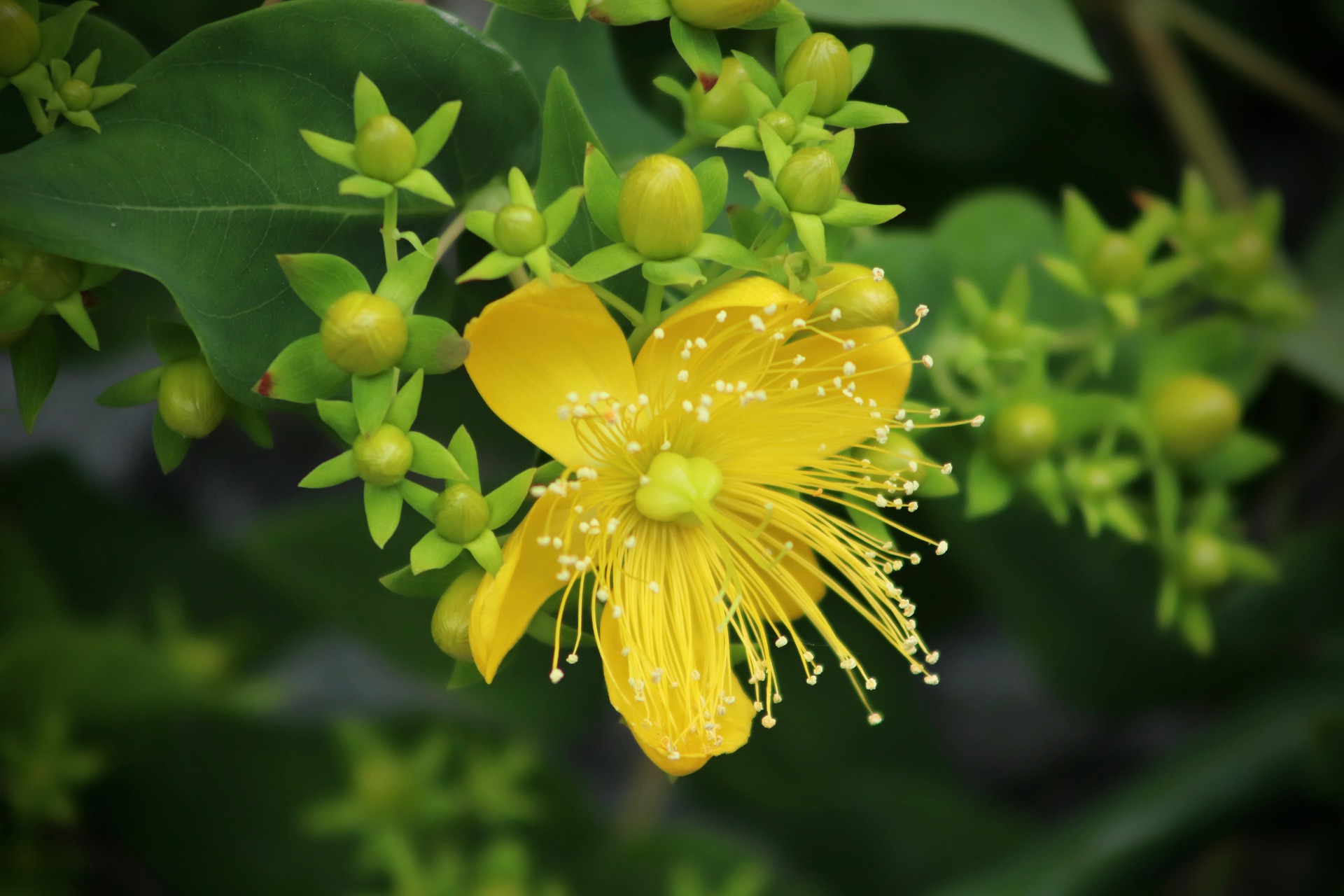
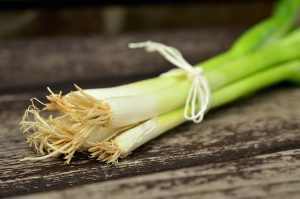
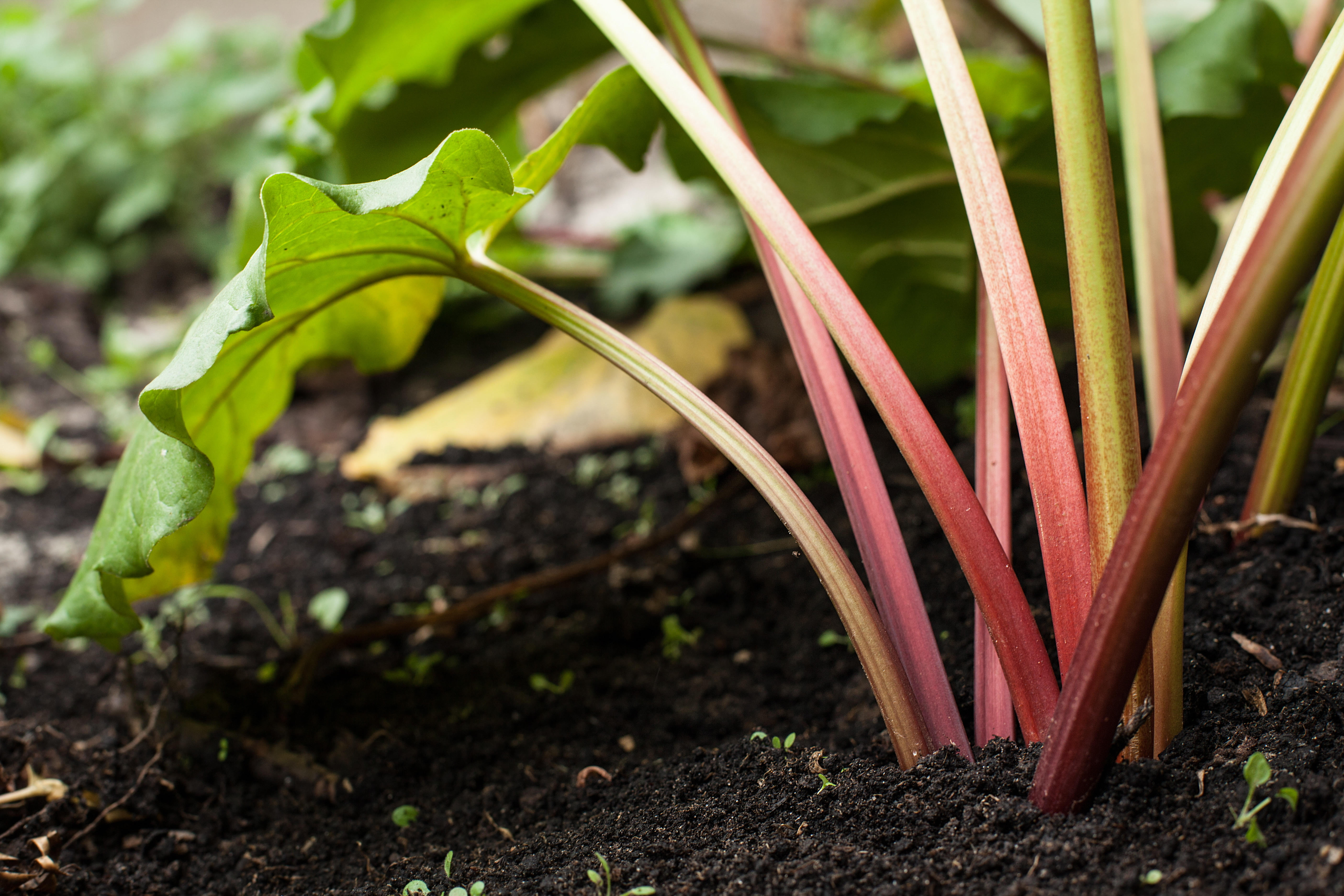

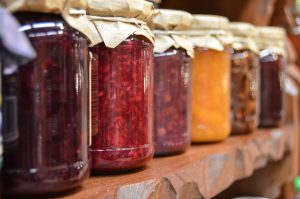
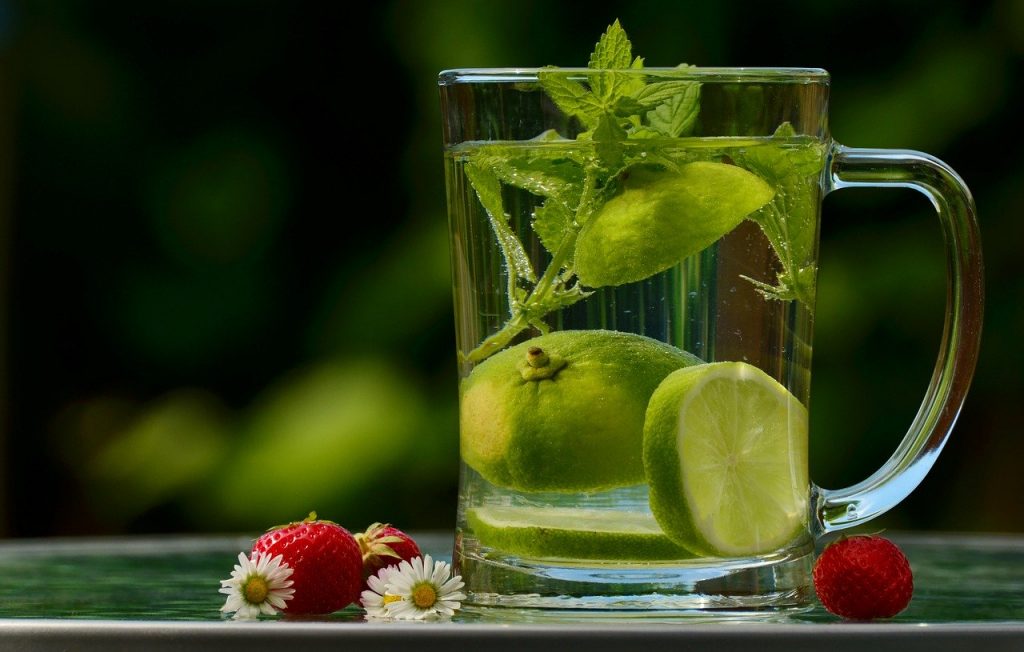
You must indulge in a contest for among the greatest blogs over the internet. Ill suggest this web website! bbbggadaaagb